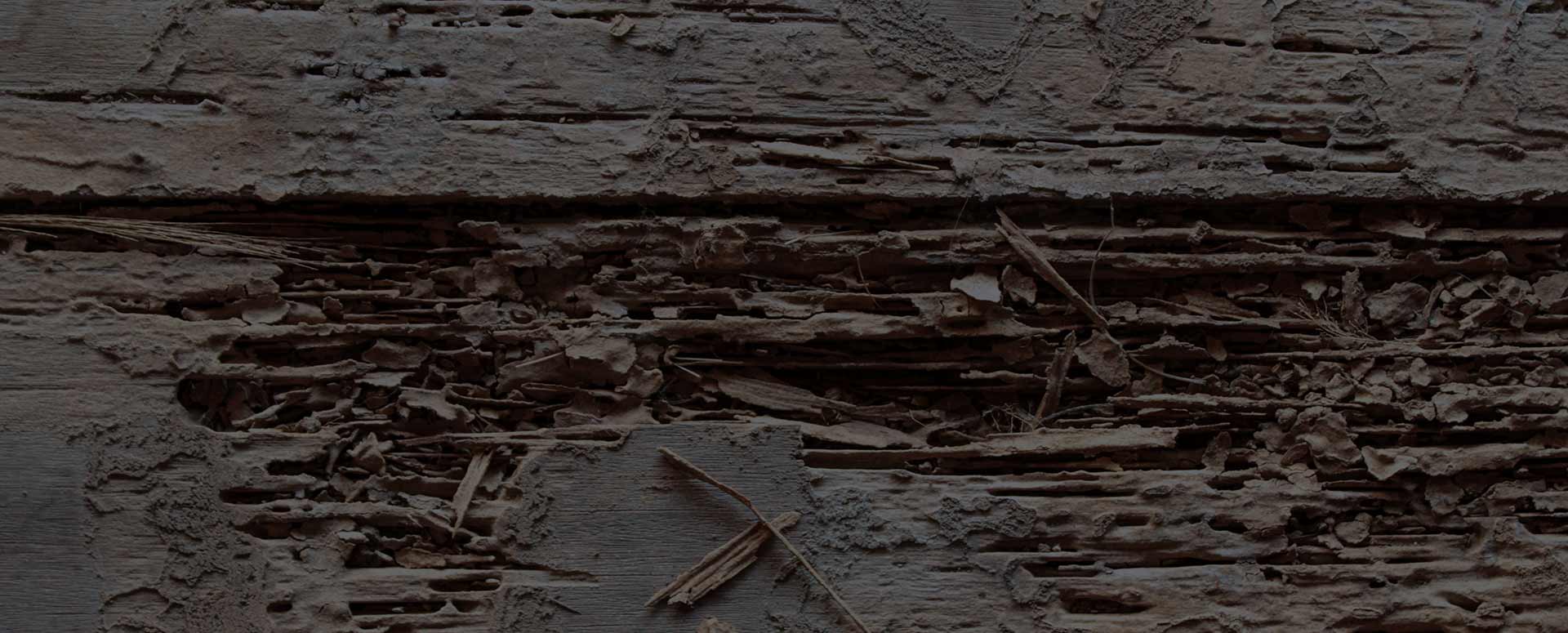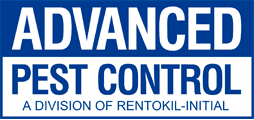
05 Jun The top 5 signs you have termites in your home
It’s every homeowner’s nightmare: termites. Visions of collapsing walls come easily to mind and thoughts of collapsing property value can soon follow. However, simply having termites is not a death sentence for your house by any means.
Catch a termite infestation early enough and eradicating the problem is relatively straightforward. The good news is that termites – while definitely hard to spot directly – leave all sorts of traces to what they’re up to. This article counts down the Top 5 ways you can tell if you have termites.
5 . Termite nesting signs
As they are so vulnerable to drying out, individual termites always like to be in humid air. This can be in the structures of their nest or in the tunnels they chew through the wood they feed on. So, while you may never see an actual termite, you can easily see the various signs of their nest. These include the narrow “tubes” they build to cross exposed areas, a dirt-like “pack” they build into corners and the small piles of droppings, which looks like wood dust, appearing around doors and at the base of walls.
4. Bubbling and other paint defects
Termites eat wood, not paint. However, when they burrow through the wood behind the painted surface it introduces moisture (remember termites love humid air) into the mix. This moisture then slowly causes the paint to peel and/or form bubbles. This is commonly seen when termites have gained access after renovations. Even if it isn’t termites, bubbled paint is not a good sign and deserves to be checked out anyway.
3. Swarms of “flying ants”
When the season is right, all the new queens and kings of your local ant colonies take the to the wing to mate en masse. However, termites do much the same thing and are easy to confuse with flying ants. So, if you have a sudden incursion of “flying ants” over a few days, it pays to grab one and look at it more closely. There are many identification guides online, but, in general, flying termites have longer wings, fatter bodies and lighter colouration. If you find a swarm of them buzzing around your house lights at night, it’s a good sign you have a colony very close by.
2. Wood that’s not what it should be
We build houses with wood because it is strong and hard. When the condition of the wood you can see and touch isn’t quite what it should be, that can be a sign there are termites at work hidden inside your planks, beams and boards. Visible surface signs include swelling, discolouration and splintering. Next, you can knock on the wood to listen for undue hollowness. In the worst termite infestations it’s not uncommon for an exploratory knuckle tap to go straight through an apparently sturdy board to reveal completely decimated wood behind.
1. Things that go click in the night
A termite colony is a “superorganism” where each individual must know what to do and coordinate with all its colony mates. Living in pitch blackness means most of their communication is done through scent trails. However, when a signal needs to be spread quickly throughout the colony – such as a danger warning – termites use vibration. The most common signal is sent by the termite soldiers banging their enlarged jaws against the wood. While termites are deaf they still sense this vibration like an air-raid siren. To you, however, it will be an quiet clicking noise, rapid and muffled, coming from the walls, floor or ceiling. It’s usually most noticeable in the quietest hours of the night.
So you think you have termites, what’s next
So now that you have read the top 5 signs for termites, you know what to look for around your house. It really does pay to check your door jambs, architraves, window frames and skirting boards. If you see anything like the above, why not call in an expert? Best case scenario is they find nothing and you can sleep easy at night – without that strange little thrumming sound coming from the eaves.
